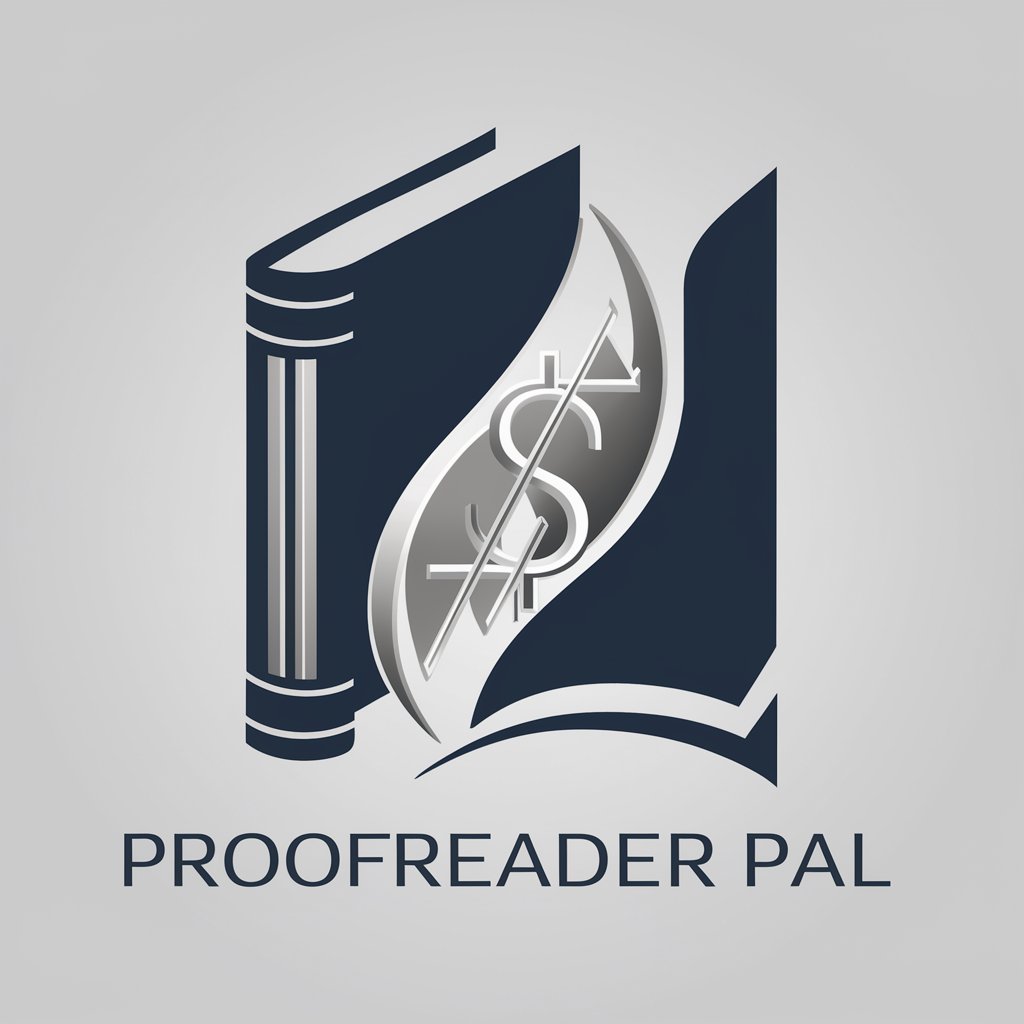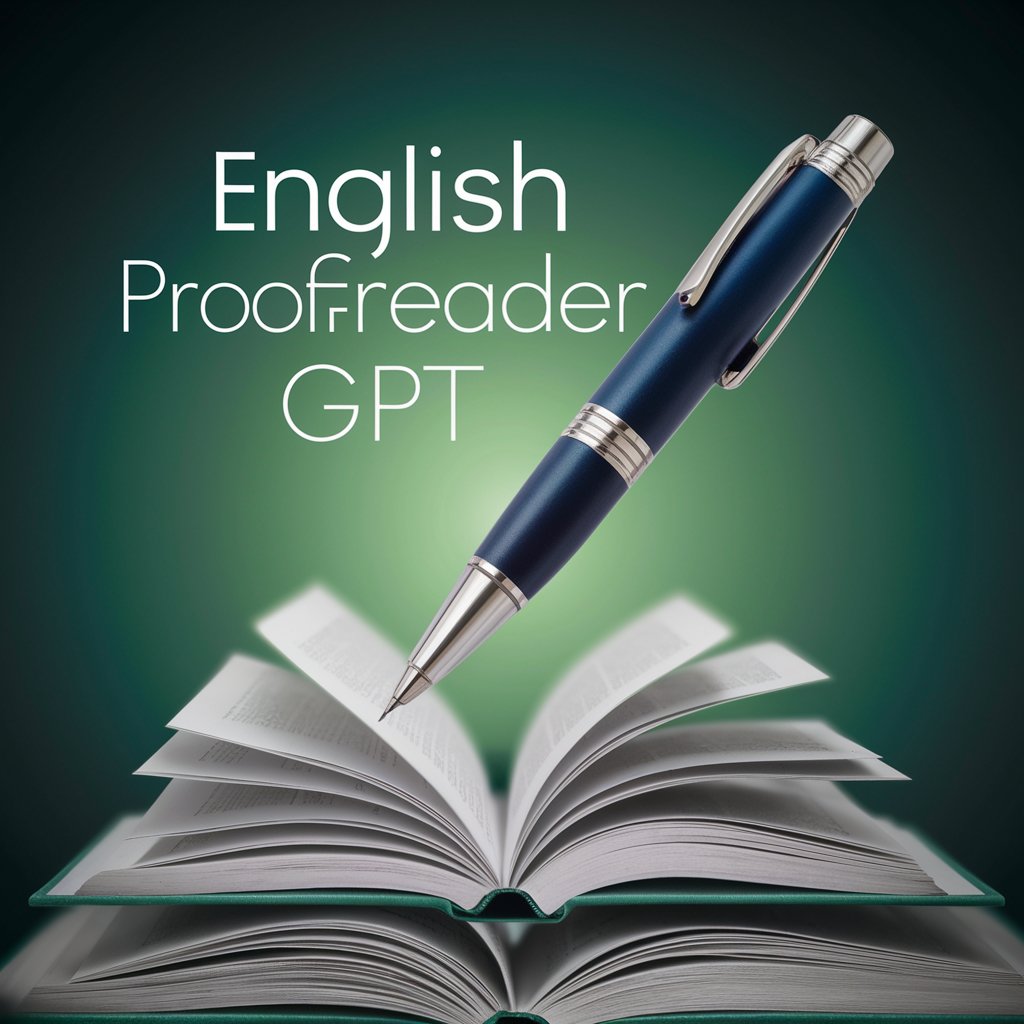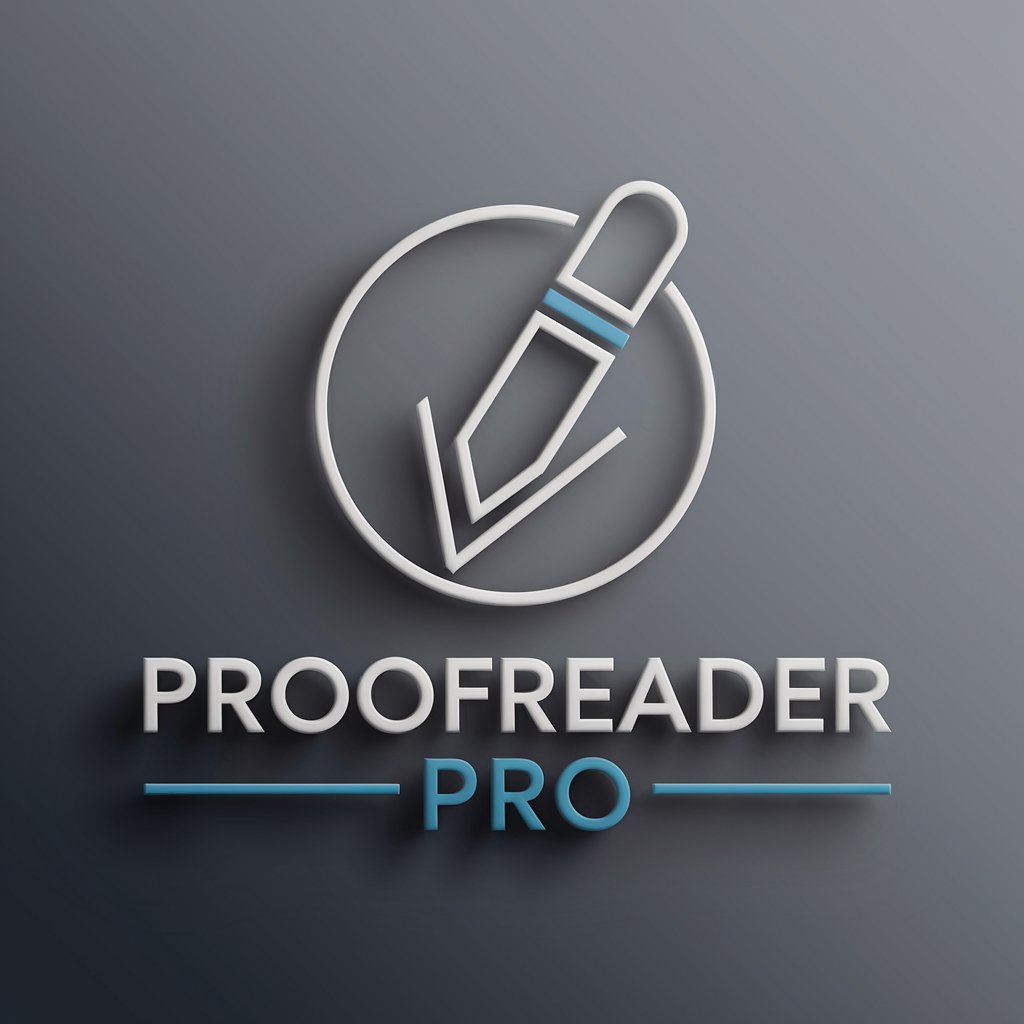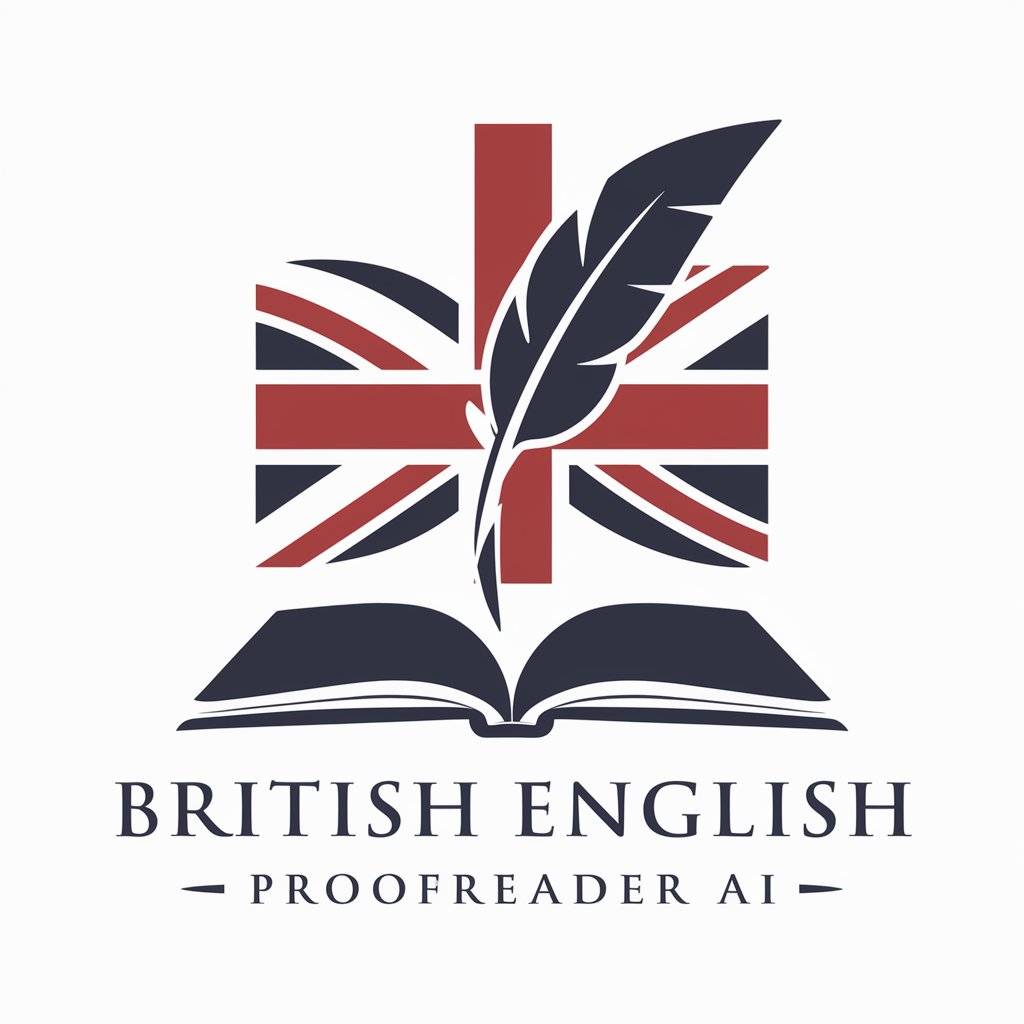
English Proof Reading for Business - AI-powered proofreading tool
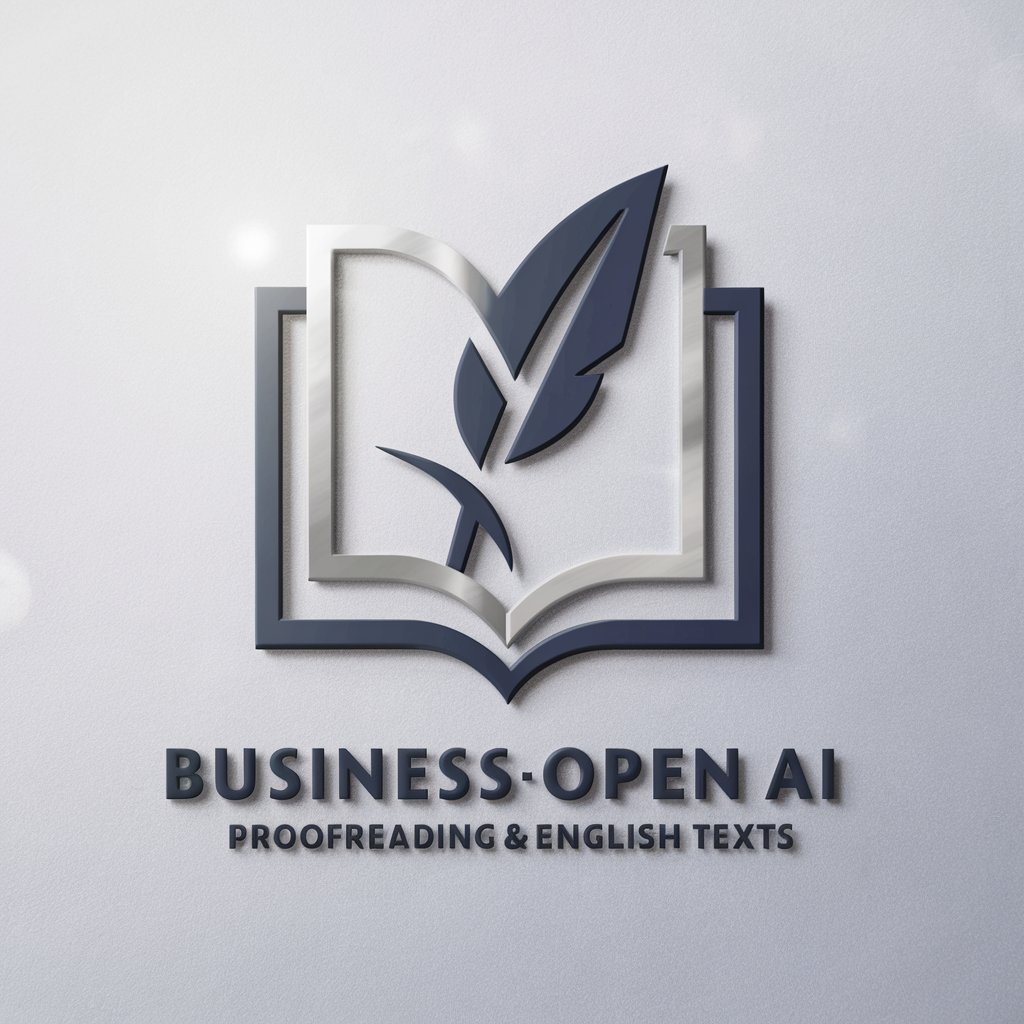
Welcome to your professional proofreading assistant for business.
Enhancing Business Communication with AI
Proofread the following business email for grammar and clarity:
Improve the persuasiveness of this marketing pitch:
Refine this business proposal to enhance its effectiveness:
Check the grammar and style of this company report:
Get Embed Code
Introduction to English Proof Reading for Business
English Proof Reading for Business (EPRB) is a specialized service designed to refine English-language texts in a business context. Its primary function is to improve the clarity, effectiveness, and grammatical correctness of business documents while maintaining the original message and tone. The service is equipped to handle a wide range of business documents, including emails, reports, proposals, and marketing materials. For instance, when a company drafts a business proposal to secure funding, EPRB ensures that the proposal is persuasive, coherent, and free of language errors, significantly increasing the chances of success. Powered by ChatGPT-4o。

Main Functions of English Proof Reading for Business
Grammatical and Syntactical Corrections
Example
Correcting verb tense errors, subject-verb agreement issues, and misplaced modifiers in a marketing email.
Scenario
A sales manager writes an email to a potential client but includes errors like 'We has a new offer'. EPRB corrects this to 'We have a new offer' and ensures proper sentence structure throughout the email.
Clarity and Readability Enhancement
Example
Rewriting long, complex sentences into shorter, clearer statements in a project report.
Scenario
An analyst submits a report with sentences like 'Due to the significant increase in market demand and in order to meet our quarterly targets, it is imperative that we optimize our current resource allocation strategy'. EPRB simplifies this to 'We need to optimize our resource allocation to meet quarterly targets due to higher market demand'.
Consistency in Style and Tone
Example
Ensuring consistent usage of terms like 'client/customer' across a business proposal.
Scenario
A startup submits a proposal for funding that uses 'client' and 'customer' interchangeably. EPRB standardizes this terminology to 'client' throughout the document, maintaining a consistent tone.
Enhancement of Persuasiveness
Example
Strengthening the call-to-action in a product launch email.
Scenario
A product manager drafts an email that reads 'Consider checking out our new product line.' EPRB revises it to 'Explore our new product line today to discover innovative solutions for your business'.
Cultural and Contextual Sensitivity
Example
Adapting the language in a marketing campaign for an international audience.
Scenario
A global company launches a marketing campaign and includes idioms like 'break a leg' that may confuse non-native English speakers. EPRB modifies the text to culturally neutral alternatives like 'good luck'.
Ideal Users of English Proof Reading for Business
Business Professionals
Executives, managers, and employees in any industry who frequently communicate in English via reports, presentations, or emails. They benefit from EPRB's ability to polish their communication for clarity and professionalism, crucial for stakeholder engagement.
Entrepreneurs and Startups
Startups seeking funding or partnerships can leverage EPRB to craft compelling business proposals, pitch decks, and marketing materials that effectively convey their value proposition.
Marketing and Sales Teams
Teams responsible for crafting persuasive sales emails, landing pages, and promotional content. EPRB enhances their communication to ensure a consistent brand voice and persuasive messaging.
Non-native English Speakers
Professionals who are fluent in English but may struggle with nuanced grammar and idioms. EPRB helps them refine their documents to appear native-level proficient.
Human Resources Professionals
HR teams responsible for internal communications, recruitment emails, and policy documents. EPRB ensures their language aligns with corporate standards while remaining clear and sensitive.

Usage Guidelines for English Proof Reading for Business
Step 1
Visit yeschat.ai for a free trial without login, also no need for ChatGPT Plus.
Step 2
Upload or paste your business document into the provided text field to begin the proofreading process.
Step 3
Review the corrections suggested by the tool, which include grammar, punctuation, style, and clarity improvements.
Step 4
Apply the changes you agree with directly in your document or use the feedback to manually edit your text for better control.
Step 5
Utilize the tool regularly for different business communications to maintain professionalism and clarity in your writing.
Try other advanced and practical GPTs
Scroll - Create Your Irresistible Offer
Craft Compelling Offers with AI

Asclepius 2.0
Revolutionizing Personal Health with AI
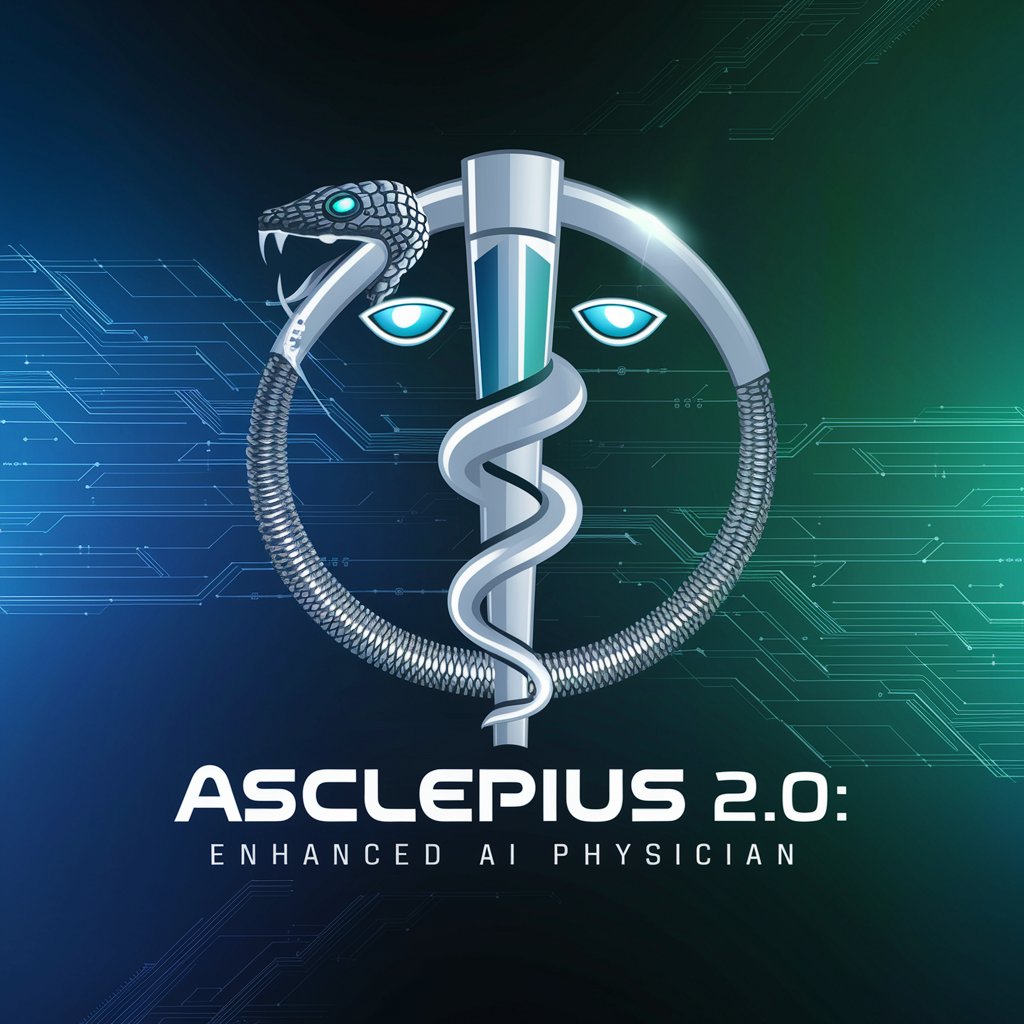
Ascend
Power Your Garry's Mod with AI

Lexideck 'Lexi'
Empowering Innovation Through AI

Service Now Case Assistant v0.4
Powering through support with AI

微信公众号爆款写作专家
AI-powered tool for crafting WeChat content

IT Projects Roadmap Builder
Strategize IT with AI-Powered Planning

Correcteur Français
Perfect Your French with AI

oscola
Streamline Legal Citations with AI
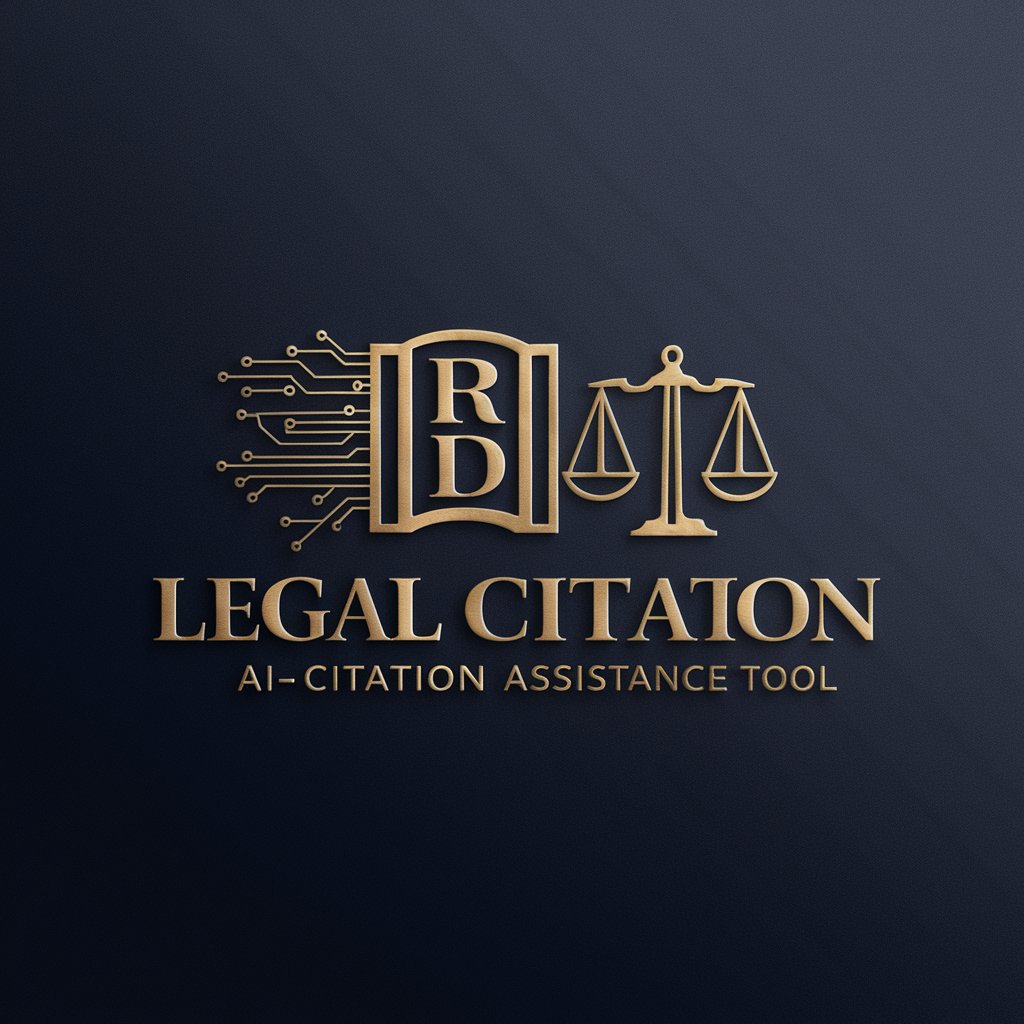
Pythoneer
Empower Your Code with AI

Perfect Resume
Tailor Your Resume, Land Your Dream Job

HomeAssistant Helper
Empowering Your Smart Home with AI

Detailed Q&A on English Proof Reading for Business
What types of documents can English Proof Reading for Business handle?
This tool is versatile and can handle various types of business documents including emails, reports, proposals, presentations, and marketing materials.
Can this tool improve the persuasiveness of my writing?
Yes, it not only corrects grammatical errors but also suggests enhancements in word choice and sentence structure to increase the impact and persuasiveness of your writing.
How does this tool handle confidentiality and data security?
The tool is designed with data security in mind, ensuring that all documents are handled confidentially and that user data is protected according to best practices.
Is there a limit to the number of edits or documents I can submit?
Typically, there are no limits on the number of documents you can edit during the trial period. However, post-trial usage may be subject to limitations based on the subscription plan.
Does English Proof Reading for Business offer suggestions for technical jargon?
Yes, it provides suggestions on the use of industry-specific terminology and jargon, ensuring that your text is appropriate for your audience and context.
